Raise Your Garden to New Heights
- horticulturist and gardening expertApril 21, 2018
Elevate your garden to new heights with one of the many elevated gardening beds. You’ll enjoy the convenience and easy access when including one or more on your patio deck or balcony.
Waist high gardens are perfect for any area where a bit of planting space is desired. Place them near your kitchen door, grill or table for easy cooking and serving access. You’ll be able to plant, weed and harvest with minimal bending or even from the luxury of a chair.
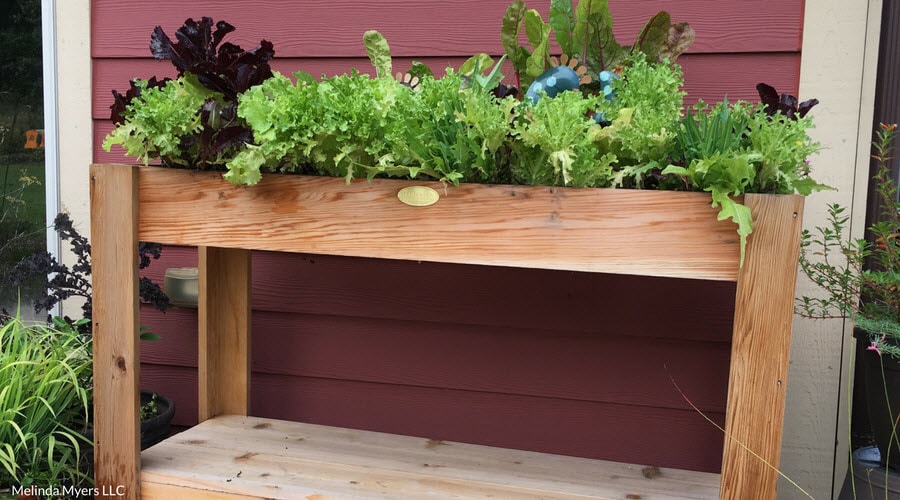
Purchase one on wheels or add casters to the legs of your elevated garden for added mobility. Then wheel it into the sun or shade as needed each day or out of the way when you entertain.
Set the garden in place first. Once filled with soil, it will be very heavy and difficult to move. Those gardening on a balcony should confirm the space will hold the weight of the elevated gardening bed you select when filled with moist soil and mature plants.
Make sure you have easy access to water. Since this is basically a container, you will need to check the soil moisture daily and water thoroughly as needed. Fill the elevated garden with a well-drained planting mix that holds moisture while providing needed drainage.
Incorporate a low nitrogen slow release fertilizer like Milorganite at planting. It contains 85% organic matter feeding the plants and soil. Slow-release fertilizers provide plants with needed nutrients for several months eliminating the need for weekly fertilization. Make a second application mid-season.
Grow a variety of your favorite herbs and vegetables like basil, parsley, compact tomatoes, and peppers. The 2017 All-America Selections (AAS) winner Patio Choice Yellow Cherry tomato produces up to 100 tomatoes on an eighteen-inch plant. Another AAS winner, Mad Hatter sweet pepper adds bright red uniquely shaped fruit to the garden and your meals.
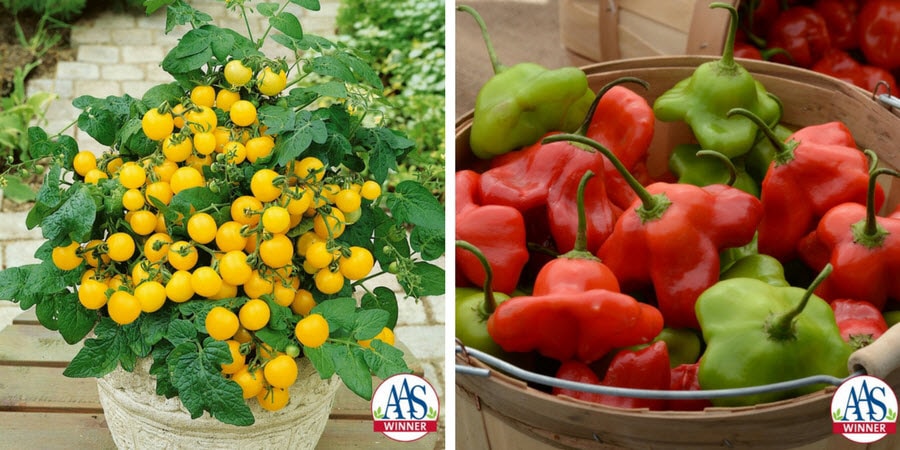
Support vining plants or try compact ones like Mascotte compact bush bean and Patio Pride peas. Dress up your elevated planter with trailing herbs and flowers cascading over the edges. The edible leaves and flowers of nasturtiums make great additions to salads and the plants can add color and beauty to your planter. Add a bit more flavor and greenery to the edges with thyme, oregano, and mint. Include thyme and oregano in your favorite Italian recipes and mint in your desserts and beverages.
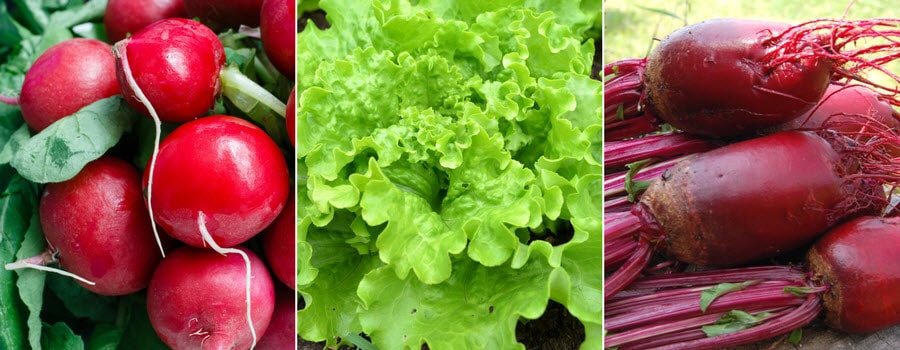
Maximize your growing space by planting quick maturing vegetables like radishes, beets, and lettuce in between tomatoes, peppers, cabbage and other vegetables that take longer to reach their mature size. You’ll be harvesting the short season vegetables just as the bigger plants need the space.
Extend your enjoyment and harvest with succession plantings. Fill vacant spaces left once a row or block of vegetables are harvested. Add more planting mix if needed.
Select seeds and transplants that will have time to reach maturity for harvesting before the growing season ends. Match the flowers and vegetables to their preferred growing temperatures.
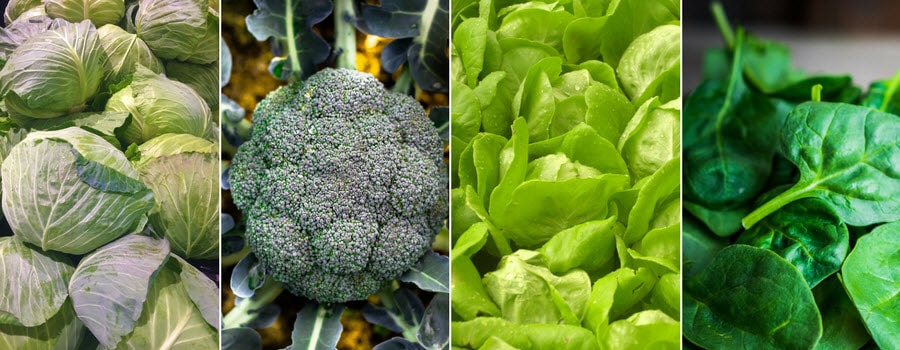
Grow broccoli, cabbage, compact, lettuce, spinach and other greens taste best when harvested in the cooler weather of fall. Wait for warmer weather to plant tomatoes, peppers, and squash.
Replace weather worn flowers with cool weather beauties like pansies, nemesias, dianthus, alyssum, and snapdragons. Fertilize the whole planter so new plantings and existing plants have the nutrients they need to finish out the season.
Manage the plants in your elevated garden just as you would those growing in any container or in the ground. Check leaves and stems of the plants for signs of insects and disease problems. Remove and destroy any spotted leaves as soon as they are discovered to reduce the spread of disease. If insect pests are found, pluck them off the plants and smash them. If the populations are large or damage severe get help identifying the pest and finding an eco-friendly control option.
Raising your garden will help prevent rabbit damage but deer, squirrels, and chipmunks may still be an issue. Scare tactics and repellents may be sufficient to keep these animals at bay. Install or apply them at planting for best results. Alternate tactics to further increase success. Many gardeners have found fertilizing with Milorganite helps discourage wildlife feeding in their gardens and containers.
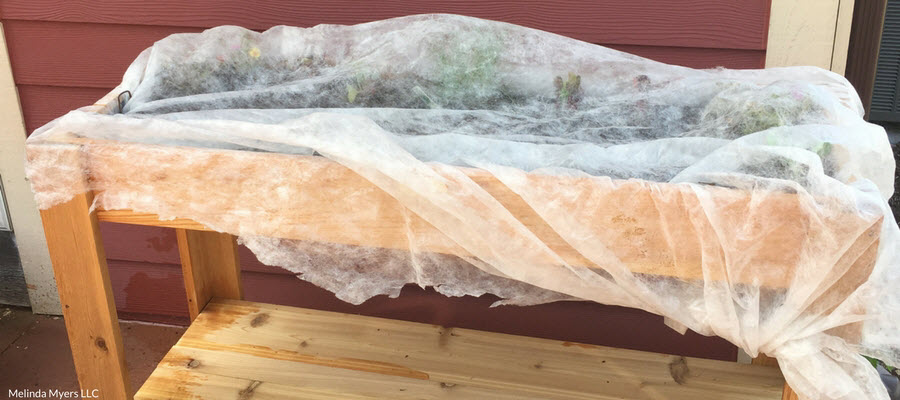
Or cover your plantings with netting. Many elevated gardening beds have built-in frames for supporting season-extending materials. Replace these with animal proof netting once the weather warms.
Keep flowers looking their best by removing blossoms as they fade. You’ll extend the bloom time for those flowers that benefit from deadheading. Cut back tall leggy flowering plants above a set of healthy leaves to encourage more compact growth.
Thin seedlings to ensure the remaining plants have enough space to reach full size. Use the beet and radish seedlings you remove in salads, on sandwiches or as snacks. You’ll enjoy the added color and flavor. Use thinnings from onion plantings as green onions. Include them in recipes calling for a more subtle onion flavor.
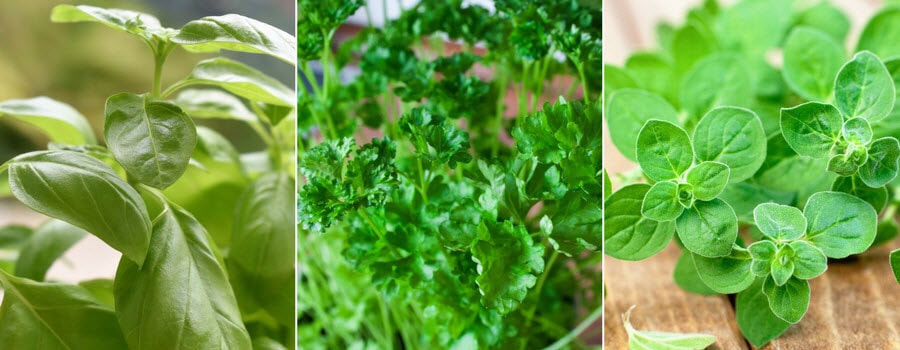
Harvest herbs and vegetables regularly for the highest nutritional content, best flavor, and greatest productivity. Pick leaf lettuce when the outer leaves are 4 to 6 inches tall to keep it producing new growth. Carefully lift root crops like beets and radishes when they reach full size. Pick zucchini when the rind is thin, seeds are small and fruit is 6 to 8 inches long.
Harvest peppers and tomatoes when they are full size and fully colored. Leave the tomatoes on the plant an extra five days for an even sweeter flavor.
You’ll enjoy the best flavor when picking herbs before they develop flowers. Use a pair of garden scissors or pruners for harvesting. Make your cuts above a set of healthy leaves. The wound will close faster and the remaining plant will look better.
Keep in mind you will need 2 to 3 times more fresh, than dried, herbs. So, if the recipe calls for 1 teaspoon of dried parsley use 1 tablespoon of fresh parsley leaves.
Protect your early plantings and fall flowers, herbs and harvest from hard frost with floating row covers. These fabrics allow air, light, and water through while trapping the heat around the plant.
Once you discover the fun, flavor, and ease of waist-high gardening you are sure to make room for a few more elevated planters.

